The virtual background feature went from being an indulgence to a necessity in the world of video conferencing in a matter of a few months. Microsoft Teams too rolled out the feature earlier this year in gradual stages. The feature lets users change the background image in Meetings on Teams much like the famous ‘Virtual Background’ feature in Zoom.
Earlier, Background Effects in Microsoft Teams was limited to a few pre-defined images only, and the software giant had promised the ability to add custom images as backgrounds at some point. Now, it has finally made good on that promise. Users can now add any custom image as their background in Teams with just a couple of clicks. Previously, users who didn’t want to wait for the feature to be released could manually add images to the ‘AppData’ folder of Microsoft Teams to enjoy a custom background. The manual addition method is just as good today as before.
Add your Own Background Image in Microsoft Teams
Microsoft has made adding a custom background image an eerily easy endeavour in Teams video meetings. You can add a new image as your background both before joining or during a meeting.
Before joining a meeting, Microsoft Teams directs you to a screen where you can choose your audio and video preferences for the meeting. It also allows you to set your background for the meeting. To add a custom background, click on the toggle for the ‘Background settings’ option to turn it on.
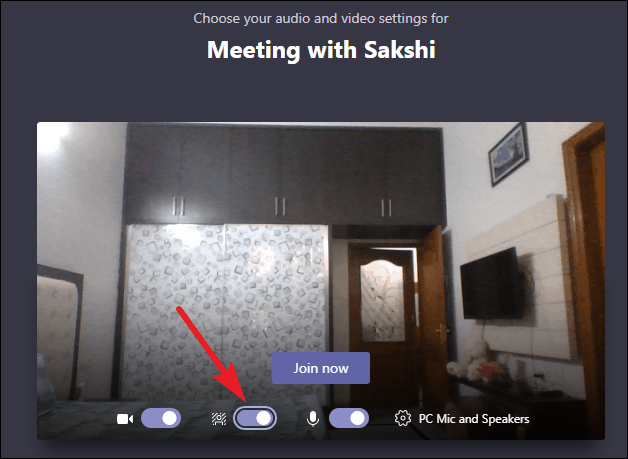
The ‘Background Settings’ panel will open on the right. Click on the ‘Add New’ button to add a custom background image.
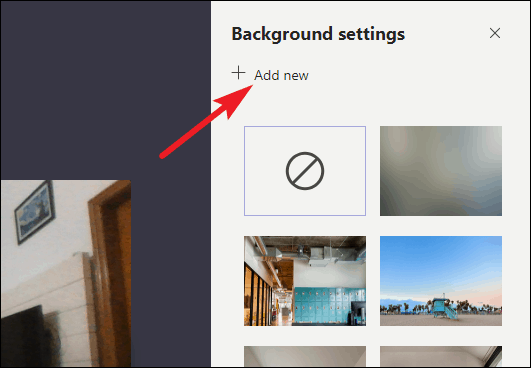
On the File Explorer window open that opens, go to the folder where you have custom background images saved and select an image.
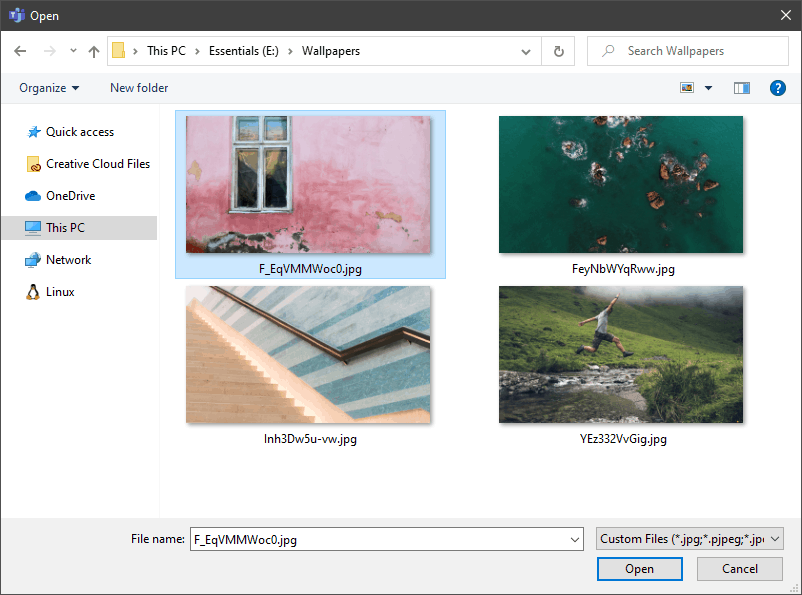
The image will appear at the bottom of the roster of images available to select as the background image. Scroll down, select the image you just added, and click on ‘Join now’ to join the meeting with the designated image as your background.
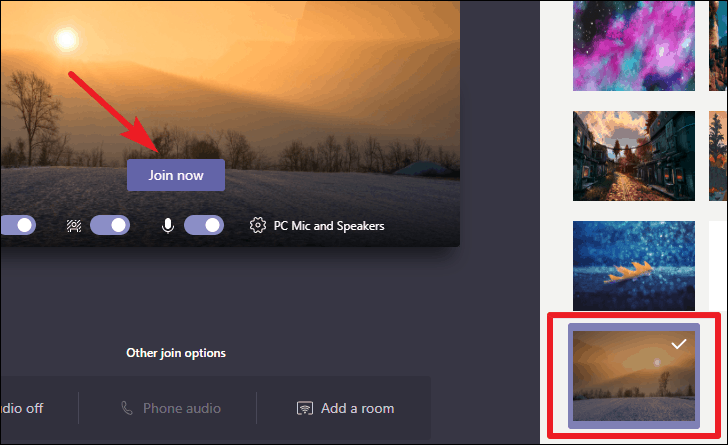
To add an image as your background during a meeting, click on the ‘More’ icon (three dots) on the meeting toolbar and select ‘Show background effects’ from the context menu.
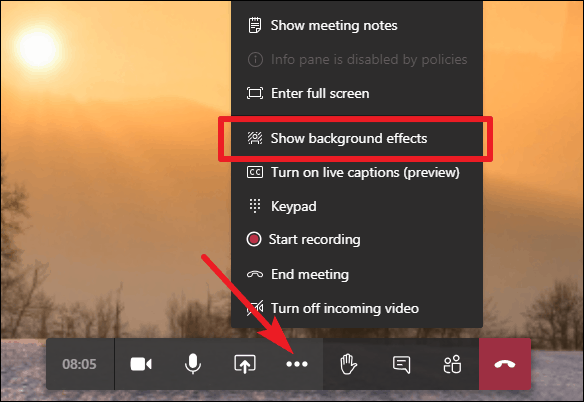
The ‘Background effects’ panel will open on the right. Click on the ‘Add new’ button as before to add an image from your computer. The image will again appear towards the end of the list.

While in a meeting, you can preview the background image before applying it. Select the image and click on the ‘Preview’ button. Other participants in the meeting won’t be able to see your video while in the preview mode.
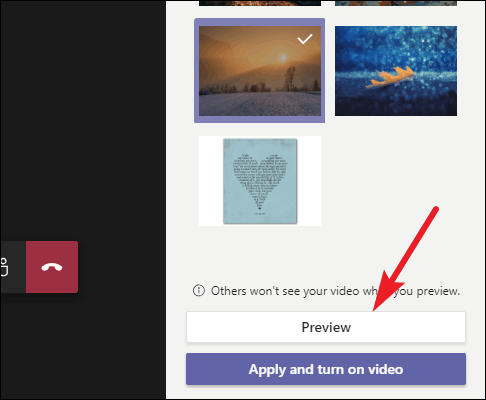
Click on the ‘Apply and turn on video’ button if you are satisfied. Otherwise, select or add another image.
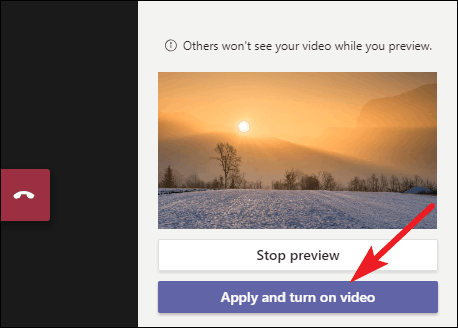
Manually Add Background Image in Teams ‘Uploads’ Folder
Microsoft left the room open for advanced users to use custom background images in Teams video calls by letting users manually place their custom images in the ‘Uploads’ folder of the Microsoft Teams ‘Backgrounds’ folder where the app stores its internal data in the system. You can still use this method.
You might be wondering why would you need it now? First, you can add multiple images at once using this method. You can also use this method to delete any previously uploaded custom images that you don’t want to hog up space in your Teams background settings panel anymore as there is no option to remove these images in the app. All in all, it can come handy.
To easily access ‘Uploads’ folder in Teams for adding your own images, first, right-click on the Start button and select ‘Run’ from the available options to open the ‘Run’ command window.
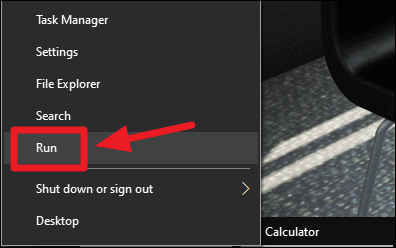
Then, copy/paste the folder address mentioned below in the ‘Run’ window and hit Enter or click OK.
%APPDATA%MicrosoftTeamsBackgroundsUploads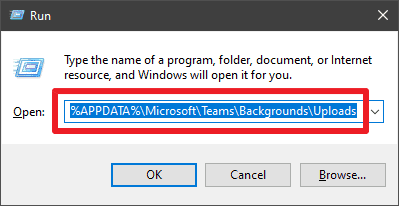
Mac users can go to the following directory to add custom images:~/Library/Application Support/Microsoft/Teams/Backgrounds/Uploads
This will open the ‘Backgrounds’ folder inside the Microsoft Teams AppData folder on your PC.
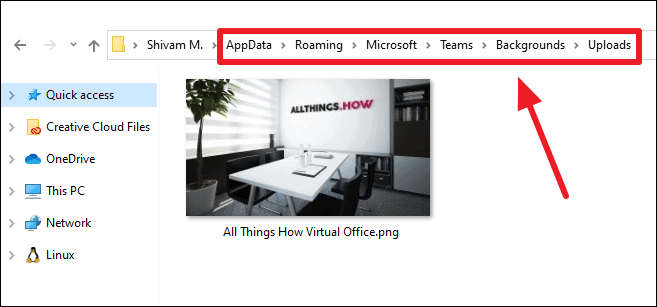
Put any image you want to set as a background image in your Microsoft Teams meetings to this folder. You can add as many custom images as you wish.
After you have manually added custom background images to Microsoft Teams, close the app if it was open, and ‘Quit’ from the Taskbar tray as well to completely close it.
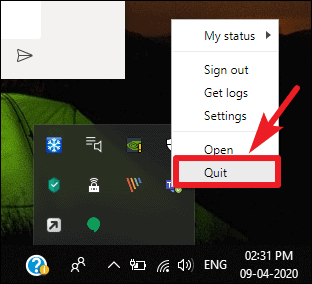
Now, open the Microsoft Teams app again on your PC. Start a video chat or meeting, click on the ‘Background Effects’ button. You should see all your custom background images available to select in the ‘Background Settings’ screen.
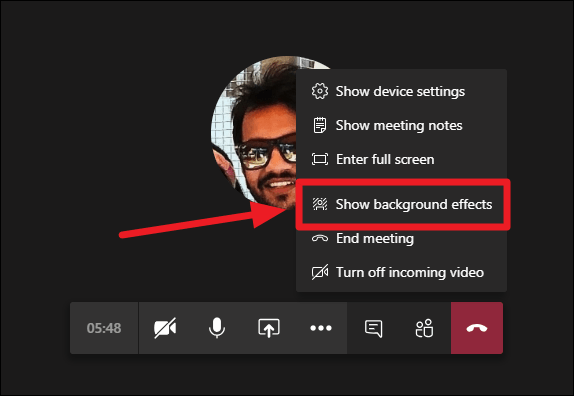
Your custom background image will be added to the bottom of the list of images on the Background settings screen.

Setting a Background from Pre-defined Images
Microsoft has bundled some great images as backgrounds for your Teams meetings. If adding you custom images as backgrounds seems like a daunting task, we suggest you use the backgrounds bundled by Microsoft in the app.
To change your background in a Teams meeting, first, click on the ‘More actions’ button (the one with a three-dot icon) on the controls bar.
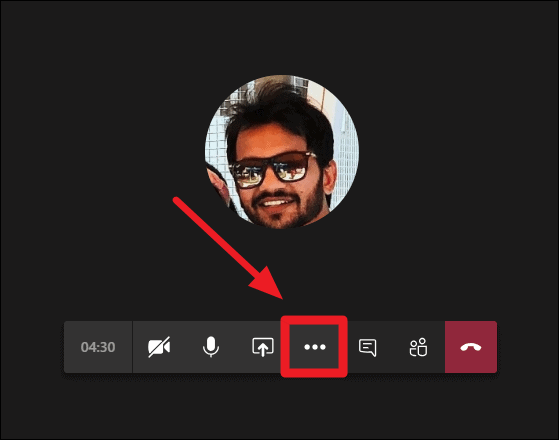
Then, select ‘Show background effects’ from the available options in the menu.

A ‘Background settings’ panel will show on the right side of the Microsoft Teams app. Scroll through the available images and select the one you would like to set as the background. The selected image will be highlighted with a purple border and a tick-mark on the top-right corner of the image.
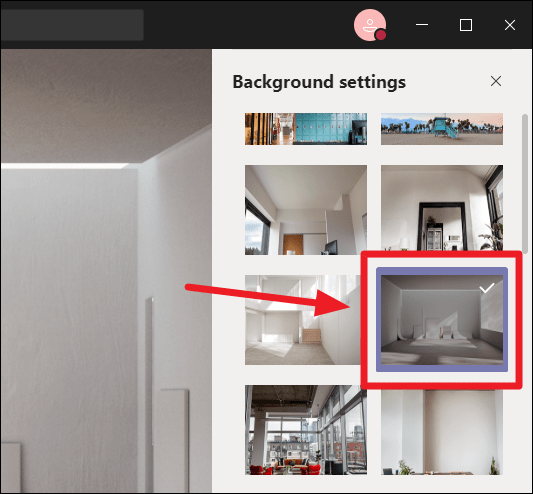
After selecting a background image, click on the ‘Preview’ button below the list of images on the background settings panel. If it doesn’t work, try clicking it again to get a live preview of your face against the background you selected.
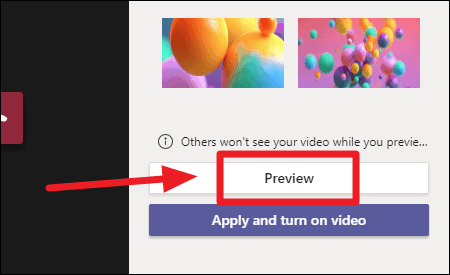
You can select and change backgrounds while ‘Preview’ is on to quickly find the best background for the meeting.
Note: While you’re previewing, Microsoft Teams will block your video feed to other members in the meeting. Members will only see your profile picture while you’re setting a suitable background for yourself.

Once you’ve set up a background, click on the ‘Apply and turn on video’ button to get back to the meeting with your camera on and a background image applied to hide the messy background you may have in reality.
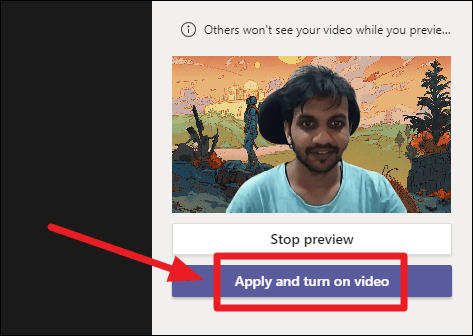
Custom Background Effects in Microsoft Teams is only gradually rolling out to the users on the Teams Desktop client. You’ll need the latest Microsoft Teams Version to get the ‘Background Effects’ feature.
💡 READ: How to Update Microsoft Teams Desktop app











Member discussion